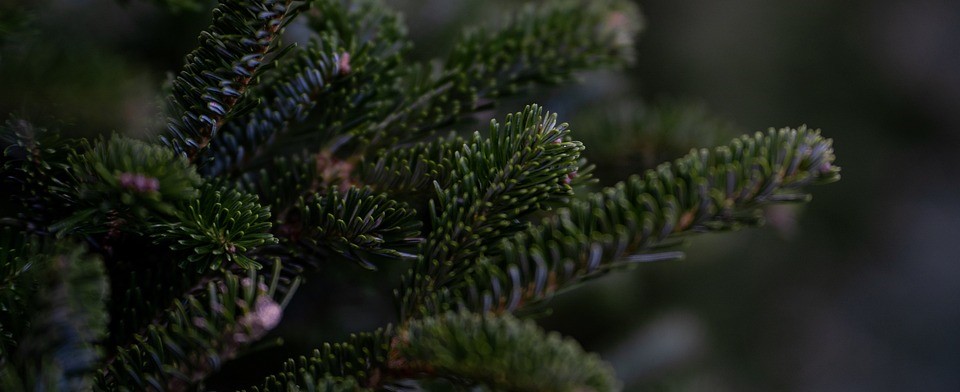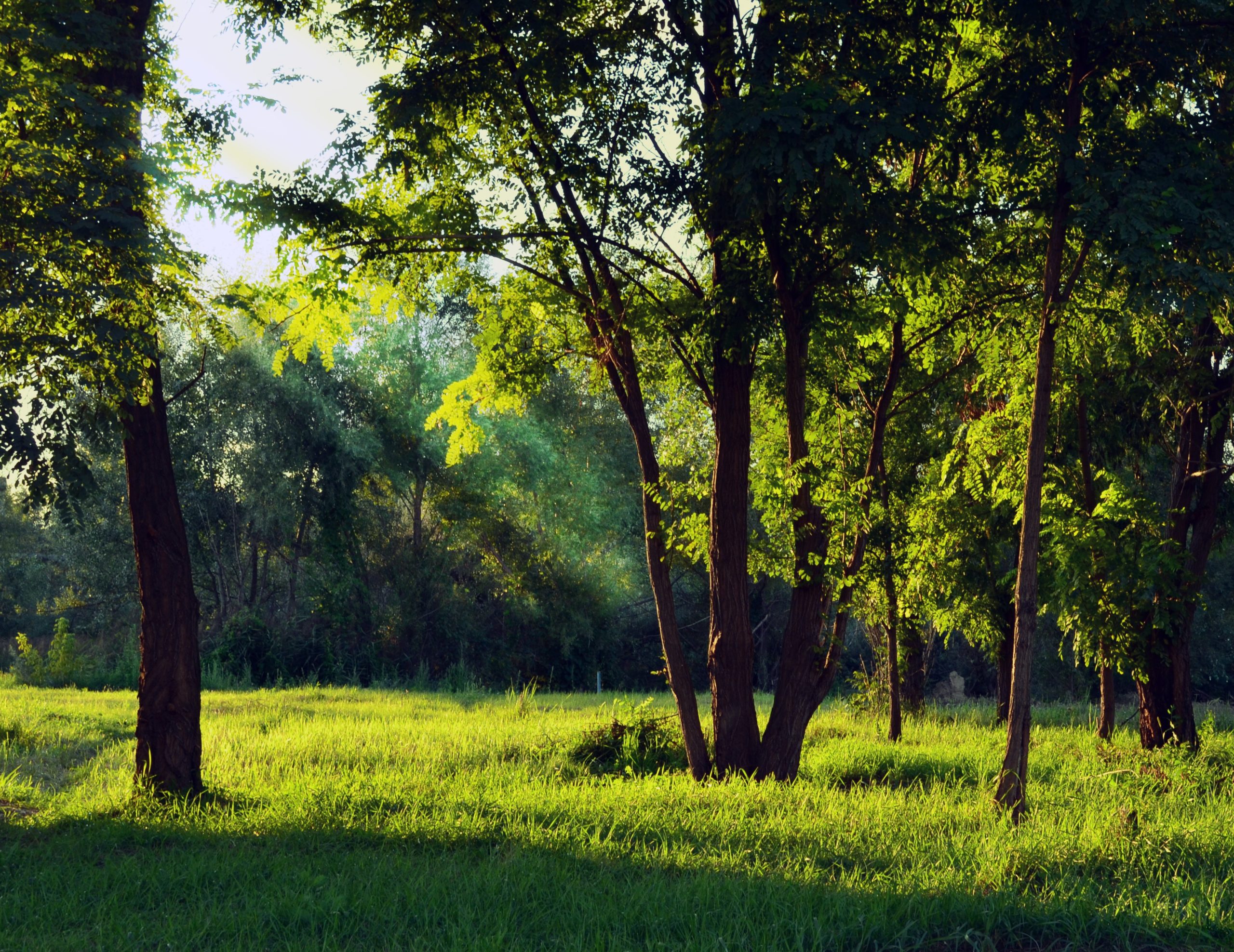
Forest in Europe
The European forest area totals over 180 million hectares and includes deciduous forests (France, Germany, Hungary, Romania, etc.), softwood forests (Finland, Sweden, Estonia, Latvia, etc.), oceanic, continental and mountain climates, etc. Countries such as Germany, Austria, Finland and Sweden have a highly developed processing industry, while others that are less mature offer interesting opportunities to increase the value of land (not guaranteed), in a context of fairly homogeneous and international timber sale prices.
Key figures on the forest area in Europe

Europe offers numerous opportunities for building diversified forest assets
The price of forests in a large part of the target countries has risen substantially in recent years, by between 7% and 9% in Estonia, Latvia, Lithuania and Romania. France Valley believes this growth will continue in these regions, where forest productivity, valued at local wood prices, is much higher than what is delivered in more mature countries, producing a catch-up effect. However, the other countries are also interesting: France, as well as Germany and Austria, have seen average annual increases in forest values of 2% to 4% for years.
Finland and Sweden, both key countries in the wood industry, help to consolidate the portfolio with safe bets that are largely protected by the climate of these regions. Lastly, all regions are affected by the structural increase in the price of wood, which is increasingly in demand, particularly in the field of
construction.
Choose and assess a forest
Species
Search for species with an outlet (beams, parquet flooring, furniture, construction, chipboard, firewood, etc.)
Implanted or implantable species adapted to soils and climate
Soil
Mineral richness, acidity, water retention or filtration, surface soil depth, prospectable depth, etc.
Filtering and acidic soils do not mean the impossibility of carrying out forestry there, but require the right choice of species.
Climates
Temperature history, length of summer periods
Rainfall history and monthly distribution
Local impact of global warming
Exposure of the forest depending on the slopes
Volume
It determines, with the nature and quality of the species, the value of the stock of standing timber. It determines, with the nature and quality of the species, the value of the stock of standing timber.
Its evaluation is systematic: inventory on sight, statistical inventory, sometimes by inventory foot by foot
Quality
The log height
His rectitude, his absence of gourmands…
The fineness of its grain, the absence of rolling, frostbite, foot defects, low conicity…
His health status
Maturity
Large-diameter wood : can generate income quickly
Medium wood : generates irregular intermediate income, is valued through natural growth
Petits Bois/plantations : forests without income, in which investments will sometimes be necessary
Access
Ease of access to the forest (for managers and operators)
Presence of processing sites
Internal access (network density, inclinations)
Logging and turning places for logging trucks
Land
One piece or division
Crossed by municipal paths, departmental roads, hiking trails
Fences, access barriers
Proximity to large towns (sale of firewood / hunting rental)
